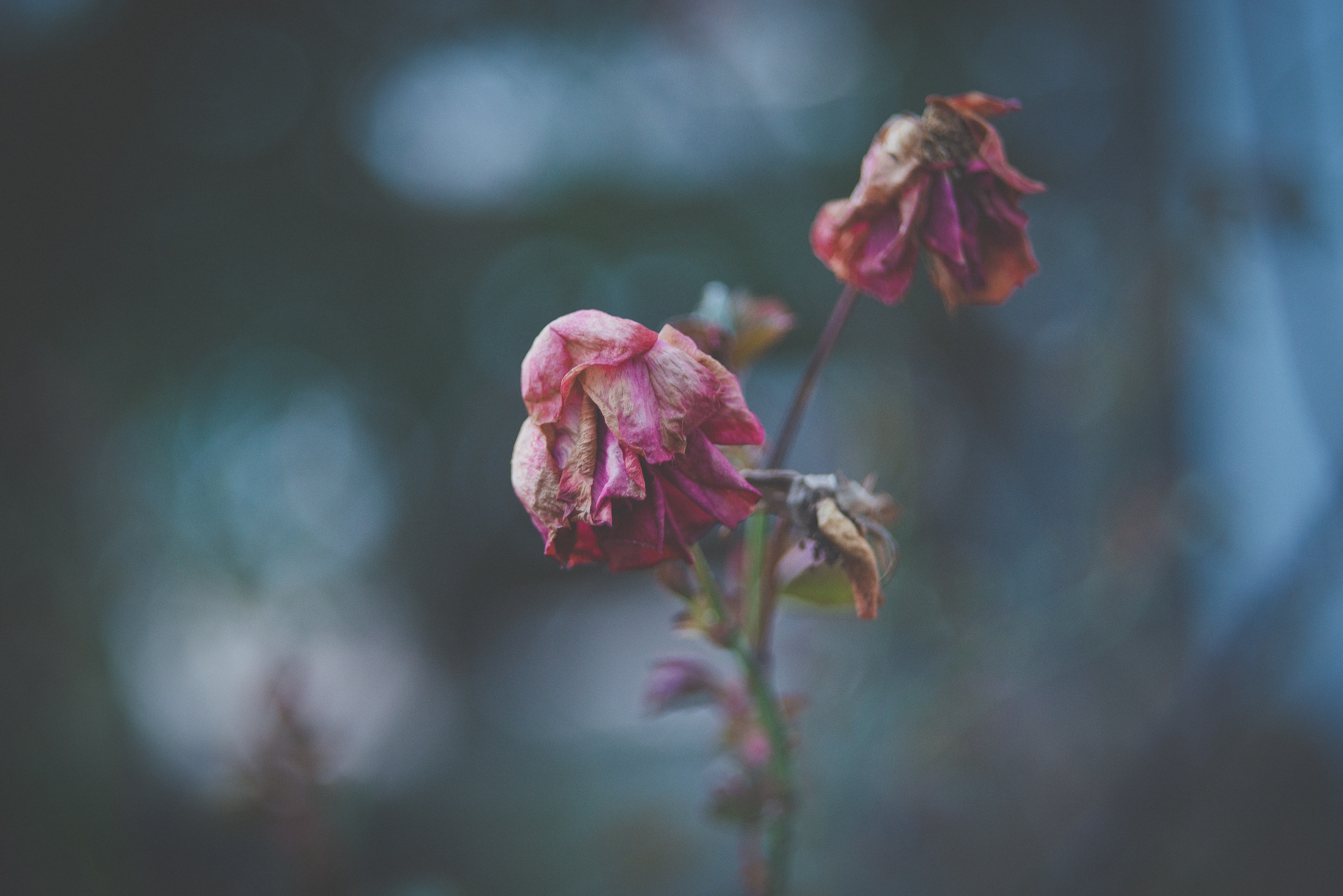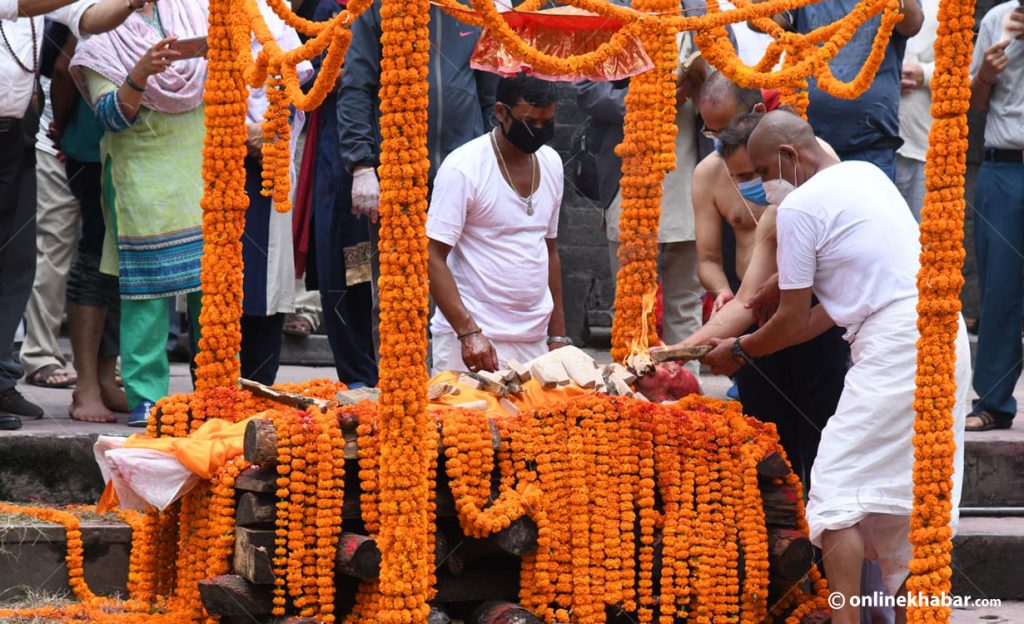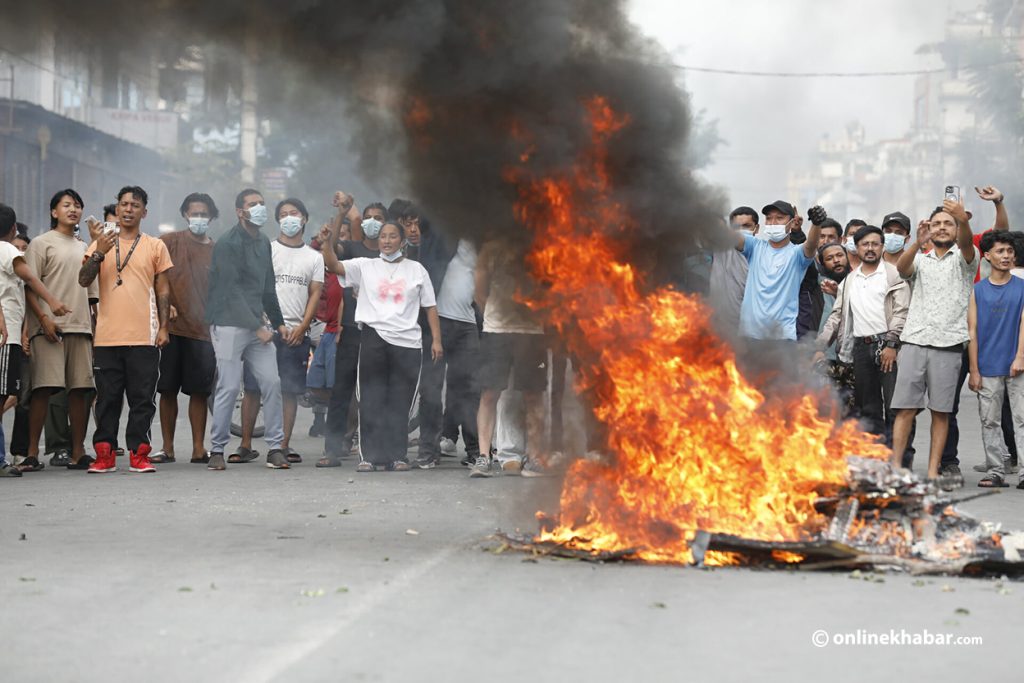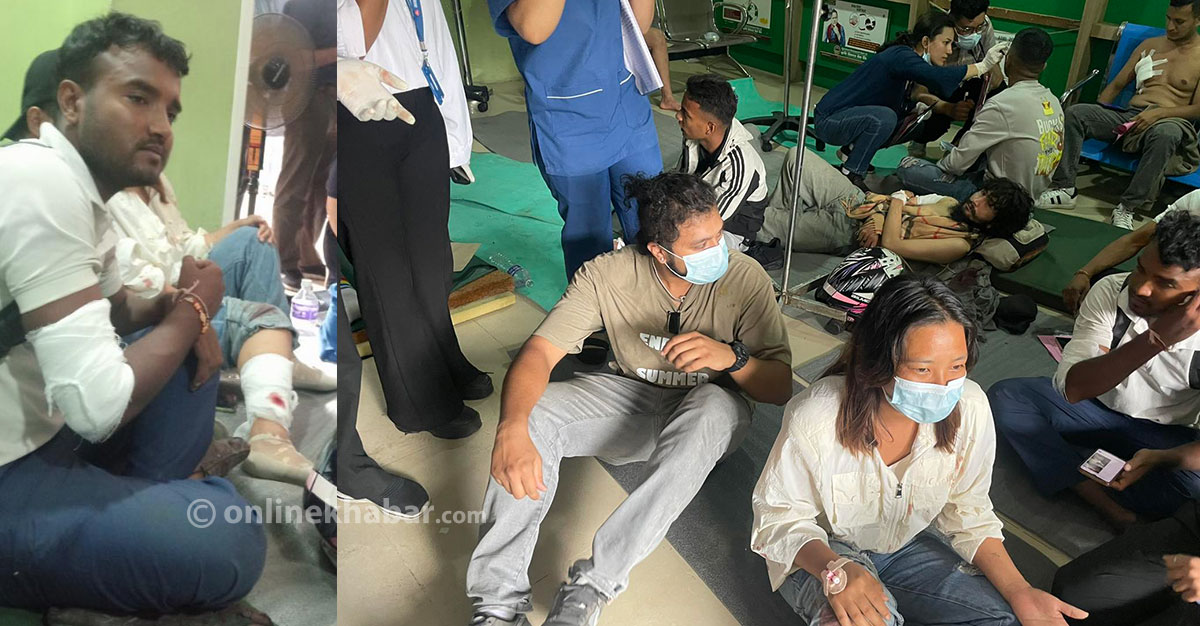
Circling my studies around bereavement and grief, I found out about the headhunting practice that prevailed a few decades ago among the tribal people of the Philippines, India (Nagaland), Indonesia, China, Myanmar, and others.
This practice surprised me, I can never share the common ground regarding what those groups felt about death and bereavement. It raises a significant question: should one delve deeply into uncovering the reasons behind rituals, or simply adhere to what our community has already arranged for us?
The question arises as to whether bereavement and similar rituals are emotionally constructed or if they are a product of societal influences. If so, what are the underlying reasons for their existence?
Direct attachment with the deceased one

The physical and emotional detachment from the person we are close to or love plays a vital role in the degree of bereavement. The loss always leaves an emptiness in closed ones, and when grief overtakes emotions, a person goes beyond what his consciousness can take. Thus resulting in rage, anger and harm.
Renato Rosaldo, an American anthropologist, in his article — Grief and a Headhunter’s Rage— writes that the loss of a member of the Illongot tribe of the Philippines developed extreme bereavement that they used to hunt down the enemy’s head to calm their grief.
The same practice was shared by our neighbouring countries that I mentioned above, maybe even we had such practice long ago which was never documented or forgotten.
Sati practice was one such hash bereavement practice where women willingly or unwillingly burned themselves along with their dead husbands. Even in this modern time, we find different practices of bereavement, from celebrating death as a gateway to new life to harsh mourning.
Looking into our own Nepali Hindu community, we mourn the death with strict rules; cutting off different food items and lifestyles. Is it because the Hindu manuscripts say to do so or is it a medium to express our bereavement which has been established as a culture?
One thing is sure the death of our loved ones acts as a catalyst for bereavement and rituals. I used to discuss a lot with aged people about the after-death rituals that we follow, and what they said is the rituals are more to show our love and emotions and less the belief in an afterlife.
While discussing such rituals, they used to ask me, “Parents sacrifice a lot for their children, and can the children not face the 13-day ritual to sacrifice for their parents?”
The question arises, is it all just for showing how much we love them? There are some people, who cast ashes in the water, some make tube wells, whereas some give donations, the rituals differ even in the same community.
The actions taken in the aftermath of bereavement are influenced by the intensity of grief. Individuals who experience profound sorrow tend to engage in rituals to a greater extent, while those with milder grief may choose to disregard such practices. Therefore, the connection between rituals and bereavement is directly shaped by the emotional attachment to the departed loved ones.
The practice

Looking into the impact of community on the intensity of bereavement, a good example would be Rosaldo, the anthropologist I mentioned earlier. He, while studying the Illongot tribe faced two deaths of his loved ones, but both differently.
His brother’s death did not move compared to his parents. But his wife’s death flooded bereavement in him which resulted in not only grief but rage, the same rage he saw in Illongot people.
Though he was an American, he felt best to follow the Illongot rituals for his wife, and he believed that was best to express his love and grief upon her death. Like Rosaldo, what I came to encounter is that the rituals were never the words of God, but what people with common thoughts developed to show their bereavement or tranquil their grief.
One could say the rituals may be the product of culture alone, but it is the attachment, the love, the emotions that were gone along with the person, and the only medium to feel and remember them is practising the rituals.
When we see from a normal person’s perspective the headhunting practice, would seem illegal or inhumane, but for those tribes, it was a medium to show how much they loved the deceased one and how much they mattered. If believed, the rituals in bereavement are a way to heal the loss, the emptiness, and that could be a way to live the rest of your life.
The question comes, whether ritual’s wisdom was developed from the beginning and remained as it is, or it has changed and transformed over time. Rosaldo gives the best example of this context in his text.
A man named Radu, who lost his nine-month-old child and other six children previously, found a way to express his bereavement by converting to Christianity, as head hunting was not possible at later times.
The example clarifies the practices or the way of expression of bereavement changes over some time. Even though headhunting was never in practice a long time ago, maybe people would leave the dead body in the open, further clarifying headhunting probably came into existence as a result of cultural transformation.
There are several other examples to support this claim, even in our Nepali Hindu culture, we used to mourn for 45 days with strict practices, but later it was reduced to 13 days by Juddha Shumsher.
The wisdom of ritual was transformed, and people started believing 13 days is okay, and again the discussion about shortening the ritual to five days is going on. It can be understood that wisdom changes as time changes, and so do rituals.
Rituals changed according to the changed time
One argument can be that the understanding of culture or rituals might never be deep or conventional as there is always a transition period in time and generation. Though the headhunting practice was so popular at that time, now the offspring do not follow that tradition.
The tradition was not immediately transformed but different factors, like converting to Christianity brought a slow change in the concept, and they started regarding headhunting as a sin.
Even in the tribal group of Nagaland, most of the people from the community have converted to Christianity, hence believing in peace and harmony. The idea about the rituals, thus changed and maybe some years later there will be unique practices for them, even for us.
Summing up, bereavement and its rituals are the result of death, the death of close ones, and it acts as a catalyst to carry out different uncommon practices like headhunting. It can also be concluded that there were never absolute markings to follow death rituals but people developed them according to their degree of emotional detachment or regarding the time they lived in.
And still, without sharing the common ground of loss or getting directly involved with the intensity of bereavement, we can never know the deep meaning of the rituals and rage in people.






















